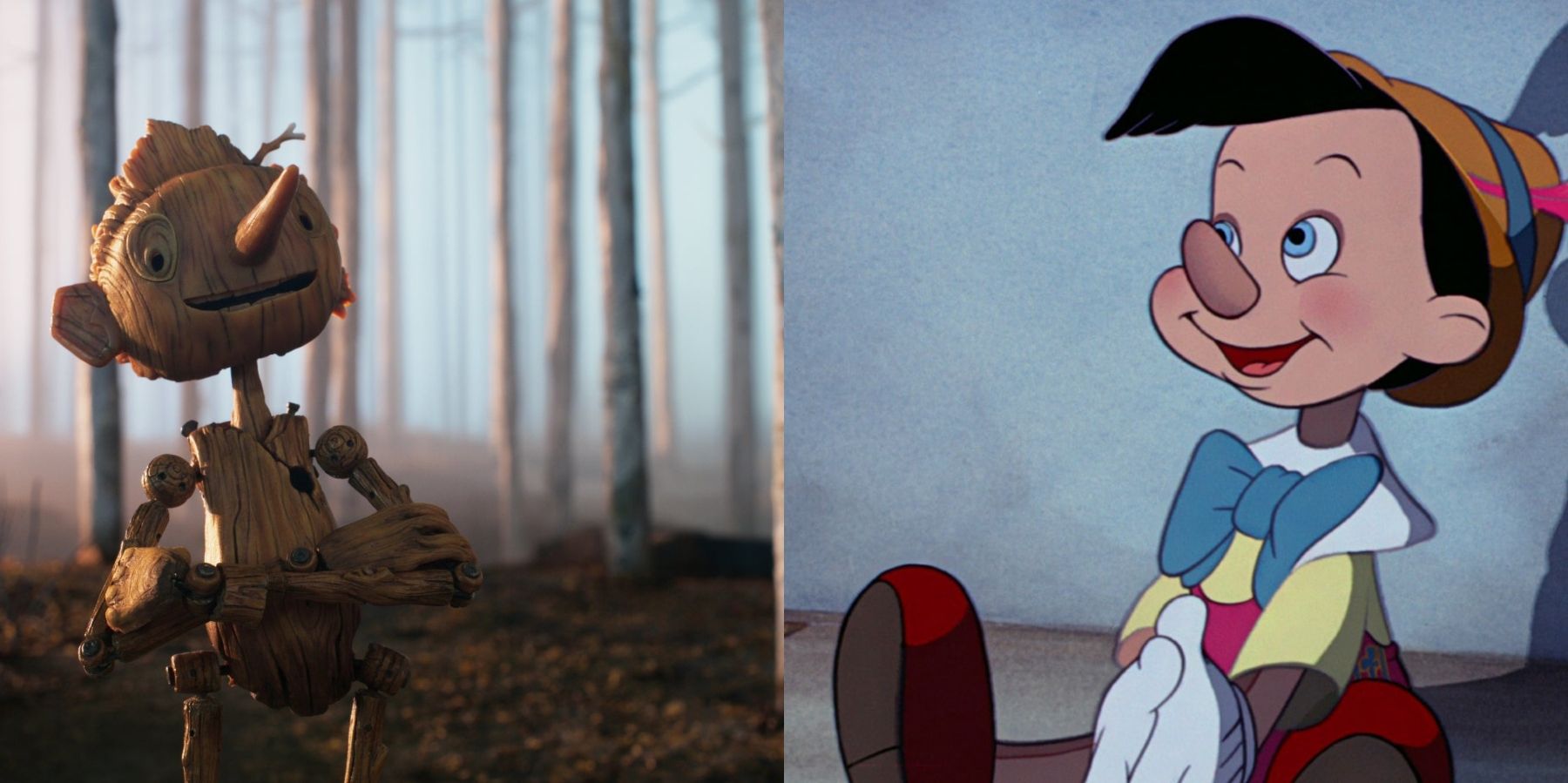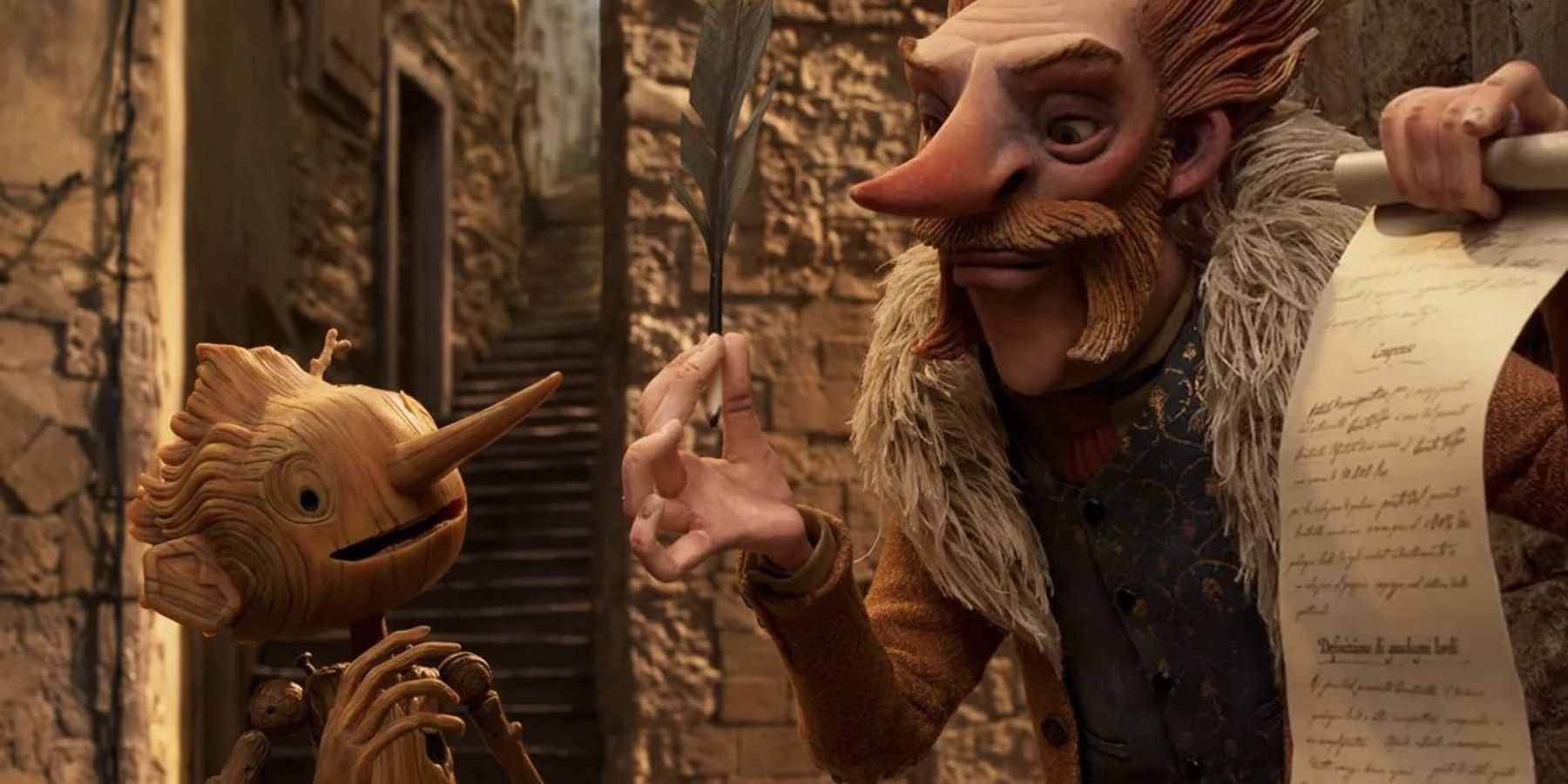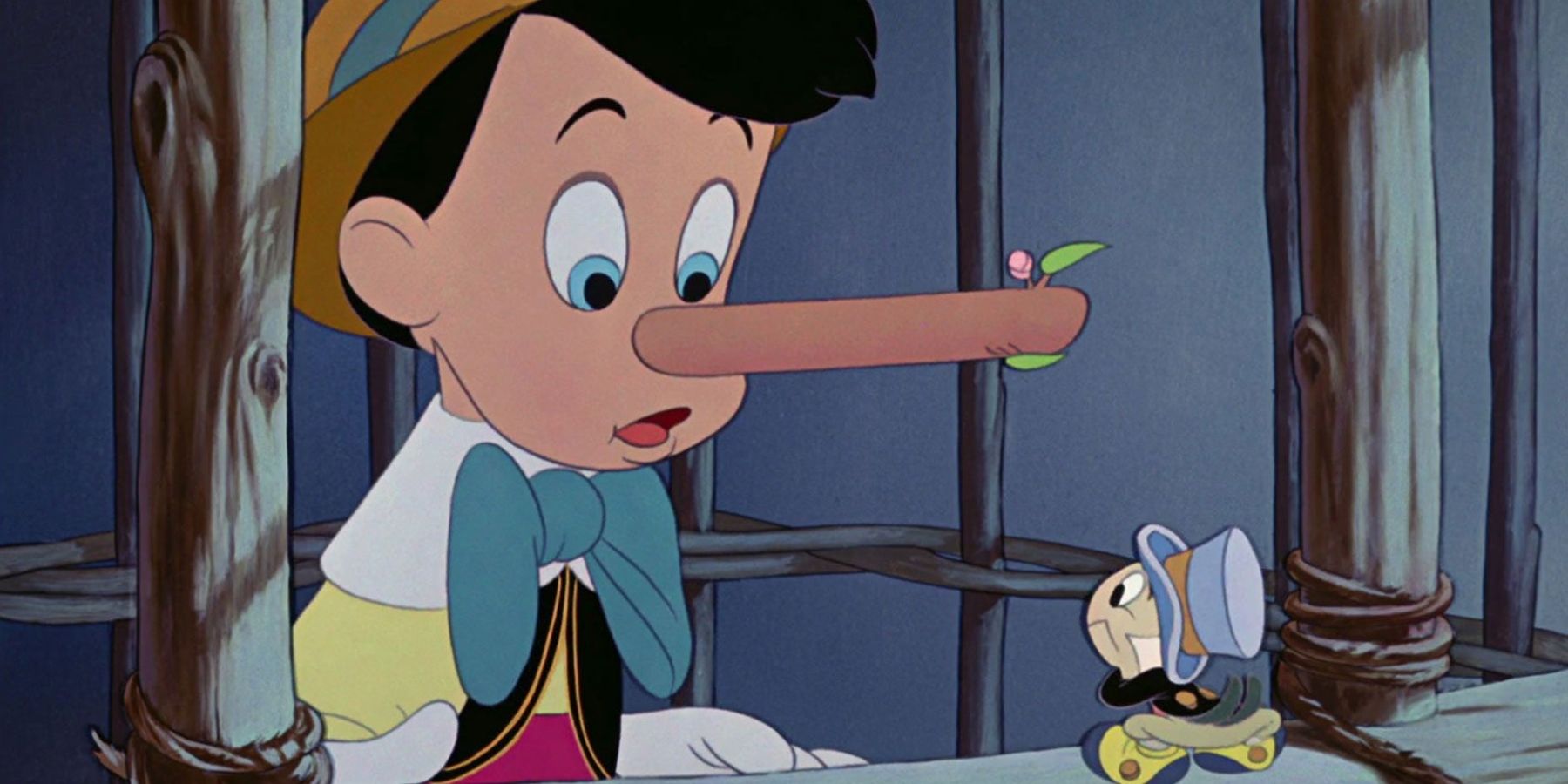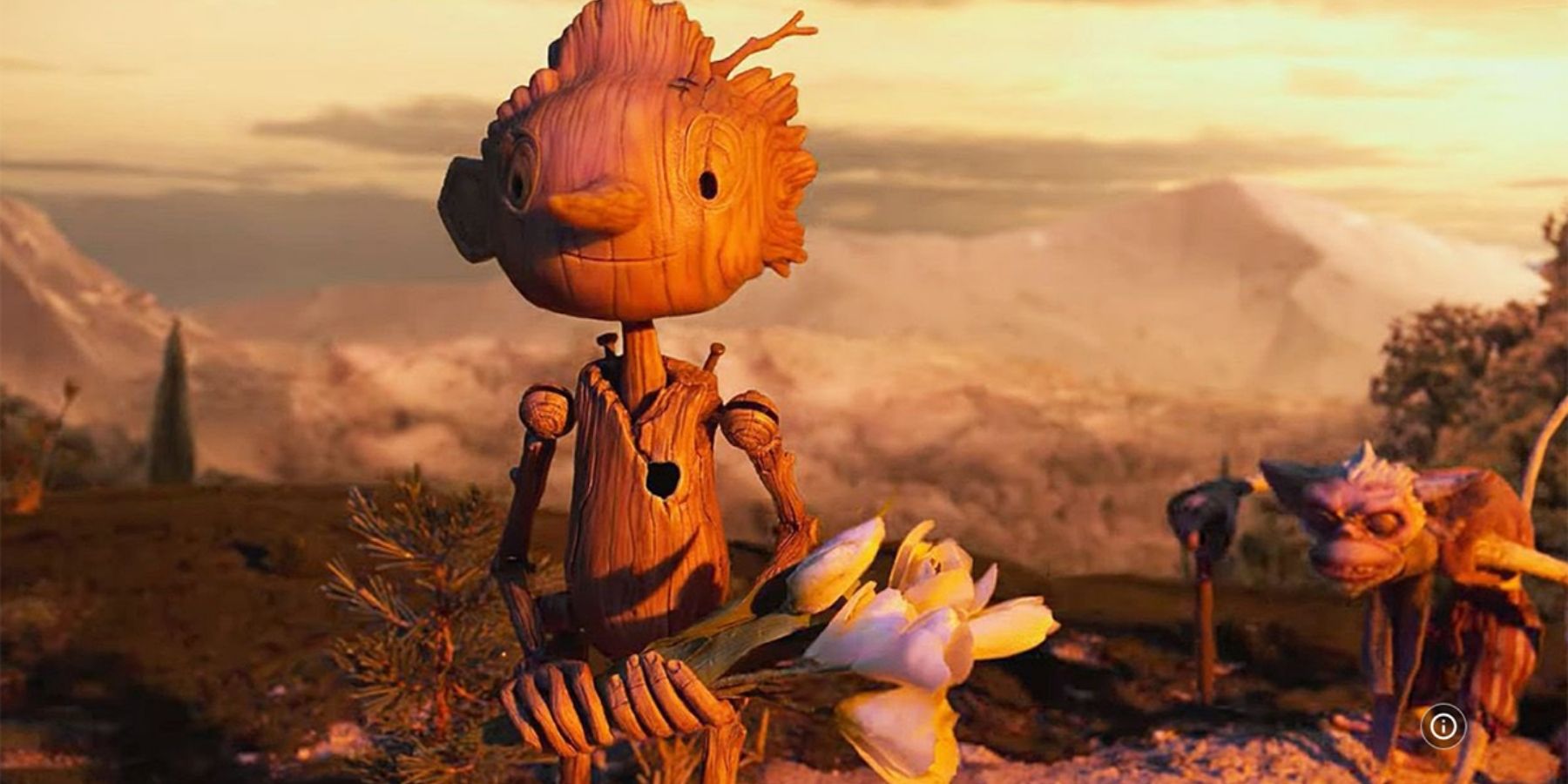Guillermo Del Toro has created countless beloved films (several of which went on to earn awards) but he is probably best known for creating Pan’s Labyrinth and The Shape of Water. Across all the films he had a hand in creating, each movie had either elements of fantasy or elements of horror– sometimes both.
As a result, Del Toro’s creations are often dark or otherworldly and have a way of pulling the viewer into the story. Guillermo’s stylistic choices are what make his work so unique and are certainly what causes his films to linger in the minds of the viewers.
Because Guillermo maintains a consistent style across his films, fans tend to have a positive reaction to his work. This was no different with his recent remake of the beloved children’s story, Pinocchio– which has received mostly positive reviews and ratings since its release in early December. Of course, for the well-known story to fit into Del Toro’s stylistic structure, several things from the original story and earlier adaptations had to be changed, aside from the obvious inclusion of stop-motion animation.
In the original tale by Carlo Collodi, The Adventure of Pinocchio, old man Gepetto is poor and decides to become a puppeteer to make money. As a result, he crafts Pinocchio, a marionette puppet, out of a magical wood. The magic allows Pinocchio to wish to be a real boy, and he is thus brought to life.
The moral of this story is essentially encouraging kids to behave and consider others before themselves, to be rewarded in return. This is one of the biggest ways that Del Toro’s version differs from the original and early film adaptations, because in his, Pinochio is not rewarded the same way in the end, making it a more honest and altruistic message. The clearest way to see how these two varying themes drive the story in different directions, is through the plot structure.
In the original story (and similarly, how Disney’s movie approached the tale), which was quite dark as is, Pinochio is guided toward mischief by a cat and fox character, who end up turning on him. Pinocchio creates all kinds of mischief, including such extremes as abusing Gepetto and killing the now beloved talking cricket character. He even runs into the fairy character but creates problems for her too and is turned into a donkey, as was seen in the Disney adaptation. Finally, he is swallowed with Gepetto by the fish where he finally begins to figure things out and has a change of heart, becoming a good, behaving son when he escapes. In the end, he becomes a real boy and even receives a prize of gold.
In Del Toro’s version, Gepetto has a beloved son that died young, and in his loneliness and heartbreak, the old man creates Pinocchio with hopes that he can direct his love and focus on the puppet. Being made from a wood sewn in Gepetto’s love for his son, the fairy takes pity on Gepetto and brings the puppet to life. Pinochio does stray toward a path of mischief, but this version makes it clear that Pinochio’s misbehaving has less to do with bad influences and more to do with the curiosity of a child and how strict environments tend to try to mute that. Seeing how Pinocchio’s behavior contrasts the behavior of his real son and the kids around him, who are already used to the rigid expectations of the environment, Gepetto sends Pinocchio to school, hoping it’ll straighten him out.
When Pinocchio fails to attend school, he is poached by a sort of talent agent, who turns Pinocchio into a performer, taking him away from a Gepetto, but this just gives Pinocchio a stage to demonstrate his mischief. This eventually gets him in trouble amidst the militaristic mindset of some of the audience members (despite their own “well-behaving” kids finding Pinocchio’s act funny). As a response to his act, Pinocchio is shot, which lands him in the realm of death, where he learns from the other fairy that he can’t actually die and after a certain amount of time, returns to Earth.
Pinochio is sent back and runs into a few more trials that he must learn from, until– like the original story– Pinocchio meets Gepetto once again in the ocean, struggling to survive being consumed by the fish. Here, Pinocchio dies again trying to help Gepetto. When he breaks the time rules of immortality in order to return to life in time to save Gepetto, Pinocchio seems to have risked his life to save his father. Yet, his sacrifice is acknowledged, and he is given another chance, though without the inclusion of becoming a real, flesh and bone, boy, and no gold. Instead, Pinocchio lives through life seeing all of his friends (including the talking cricket who narrates this film) and Gepetto pass away. This focuses the moral less on behaving and more on learning and respecting others.
Del Toro’s story, in fact, criticizes the original message of perfect obedience in children, by using Gepetto’s character to illustrate how pressuring children to aim for perfection, does nothing but create more difficulty and self-doubt in the kids. It illustrates how a parent’s perception of their child and how they express it has a large impact on the development of a kid. So in a way, Guillermo’s adaptation serves as a response to the original tale that certainly offers a more modern and progressive perspective of the story. The setting in Del Toro’s version being Italy during the great war, only emphasizes this take on the story’s theme.
In the original story and the earlier film adaptations, it is Pinocchio who is expected to grow to meet the expectations of his parent, and fit into a mold of what the perfect child is. In Guillermo Del Toro’s Pinocchio, it is Gepetto (and other parents with similar expectations) that must grow and learn to accept his child as he is. These two contrasting takes on the same story illustrate that loving someone in a way that encourages them to learn and grow from it is more effective than loving in a way that is focused on the self and one’s own expectations for what others should be. This twist on the message encourages viewers to reflect on themselves and how they treat the ones they love, making it a much more relevant message for a modern audience.




